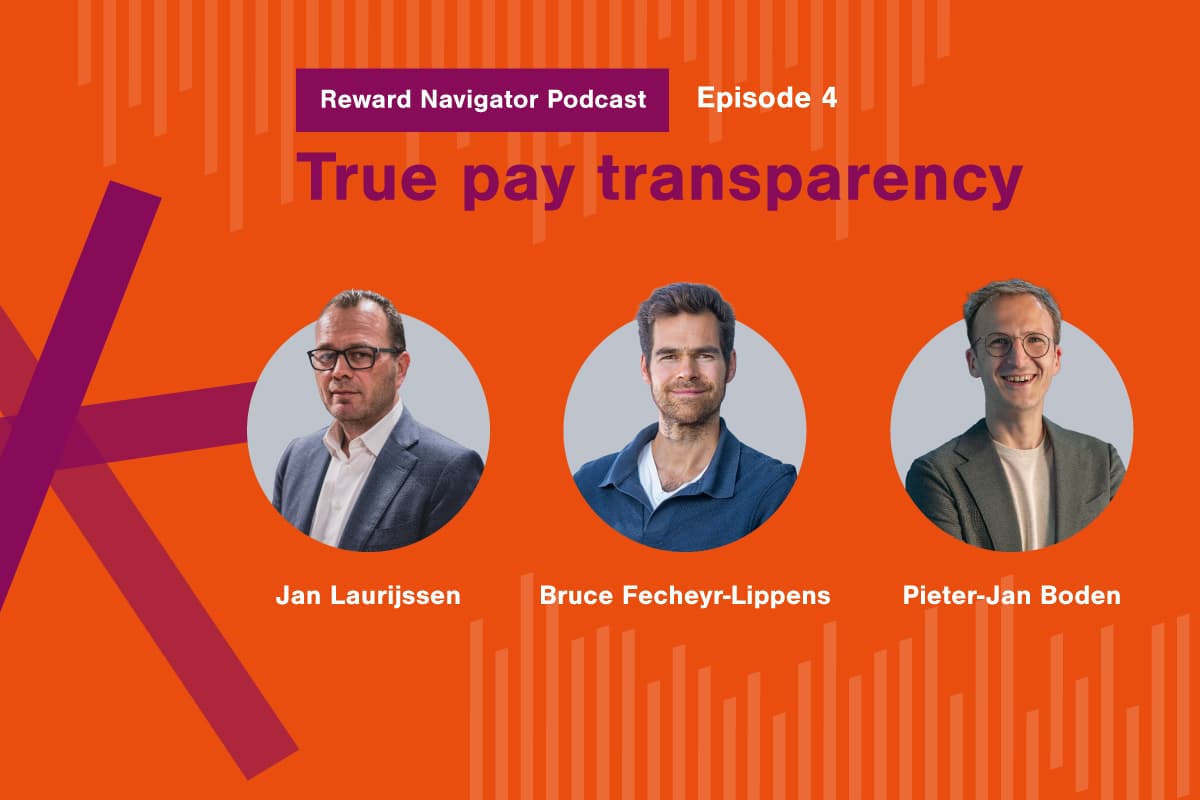
How should employee benefits support well-being?
Surprisingly, 38% of employers do not have or plan to offer any health and well-being benefits. This is a significant oversight, especially when 37% of employees are currently experiencing financial stress, a major contributor to overall mental health challenges.
Supporting financial well-being is crucial in maintaining employees' standard of living, particularly when consumer prices are rising, and employers can play a pivotal role in this by ensuring that their benefits package addresses financial concerns. One effective way to support financial well-being is through payroll initiatives, such as offering advance salary payments, financial education programs, and personalized financial advice, which you can read more about in our 2024 Payroll Navigator.
Employee Assistance Programs (EAPs) are another valuable option, providing confidential support for a range of personal and work-related challenges. EAPs offer resources and counseling for mental health, financial, legal, and family matters, helping employees manage stress and stay productive. However, EAPs are just one part of a comprehensive strategy to enhance employee well-being, and even if an EAP isn't the perfect fit, other forms of mental health support should be considered to round out an attractive employee benefits package.
Flexible working arrangements, mental health leave allowances, and other well-being initiatives can significantly impact employee satisfaction and retention. The key is to communicate your commitment to supporting employee well-being when introducing these benefits.


